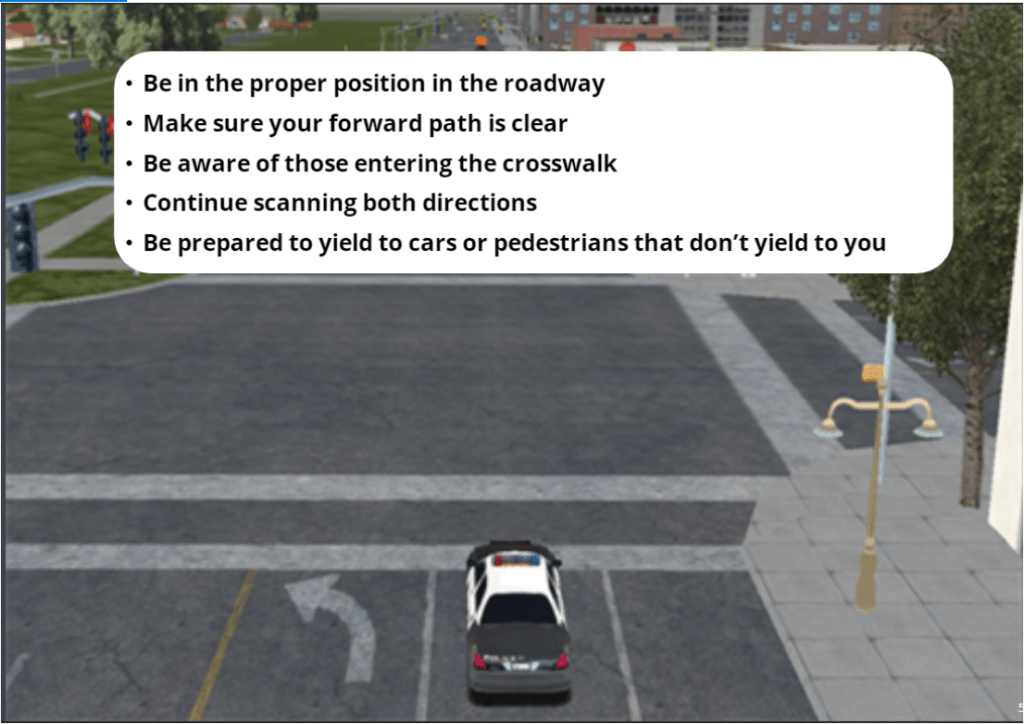Part 3 of a 5 part series giving helpful insights into intersection negotiation for emergency responders.
Expect the Unexpected
An important principal of defensive driving is anticipating the mistakes of other drivers on the road. Although you may know the correct driving laws and procedures this be no means guarantees that they will be followed by fellow drivers. Preparing for the ignorance of pedestrians and drivers will help to keep you safe and on your way to providing assistance at the emergencies to which you’re en route.
The following video gives examples of drivers disobeying traffic laws and putting the safety of emergency responders at risk.
Source: WLFITV via youtube
In order to combat the unpredictability that is associated with the hazards on the roadways, below are a list of practices to correctly clear an intersection. The list was derived directly from OnQ Safety’s Police EVOC online driving course.

Proper Position in the Roadway
Correct positioning of an emergency vehicle is vital for the driver to both see and be seen in an intersection. Along with positioning, the speed at which the vehicle is traveling greatly effects the drivers vision. At a speed of 40 MPH peripheral vision is reduced by around 33%.
Yield to Those that Don't Yield to You
An emergency vehicle driver should always have the right-of-way, but it’s not always given. Experts say that when approaching a red light at an intersection drivers should come to a stop in order to accurately scan for hazards. Although this may slow the response time of an emergency responder, the benefit of increased safety is worth the increase in response time.
These are some of the basics behind clearing an intersection. Look for next weeks post which will cover some of the advanced skills.
